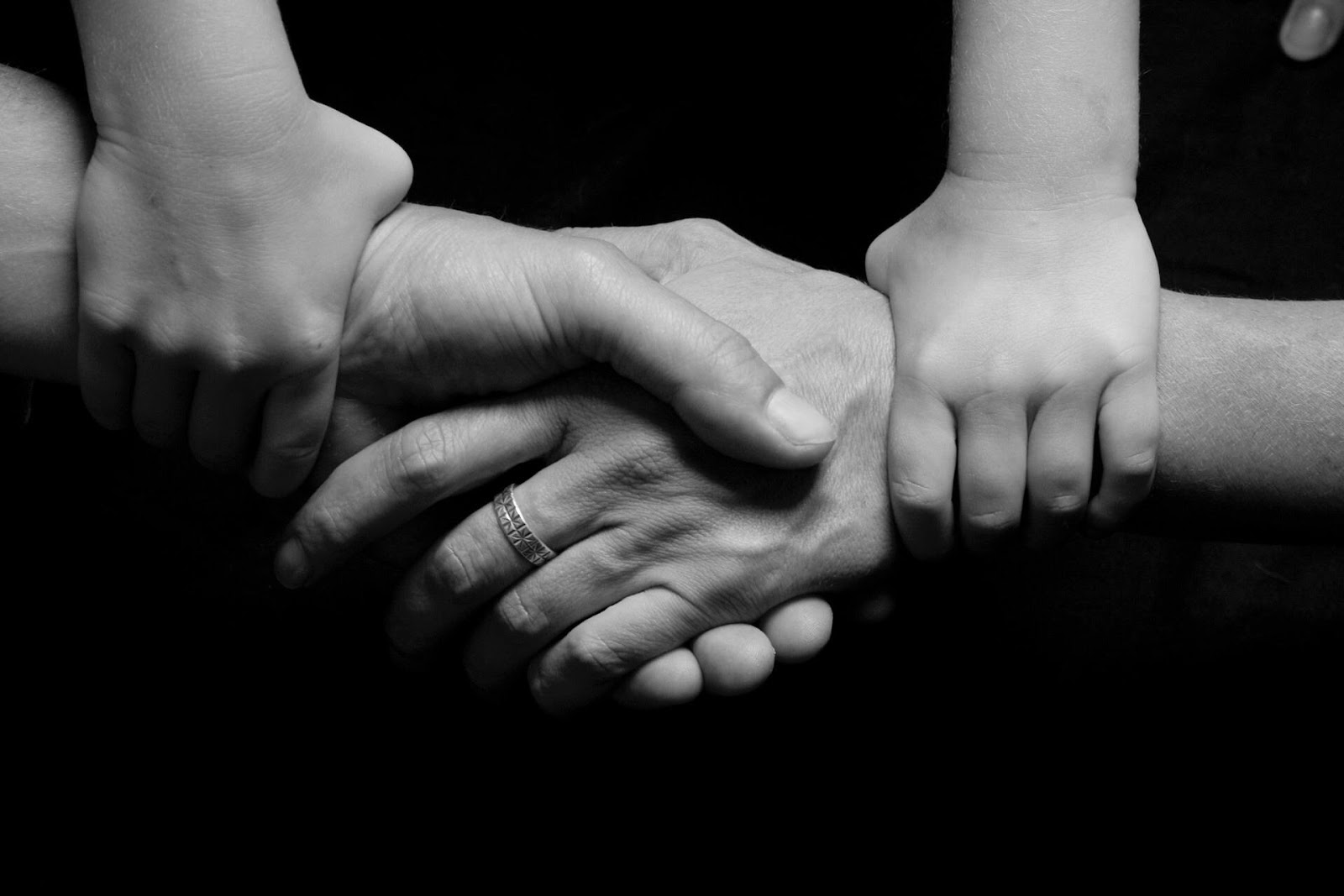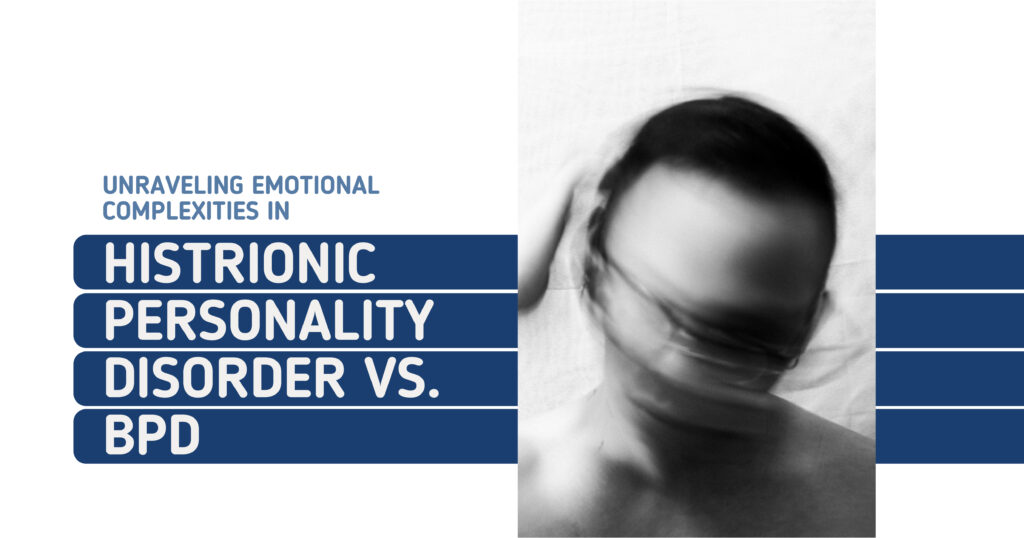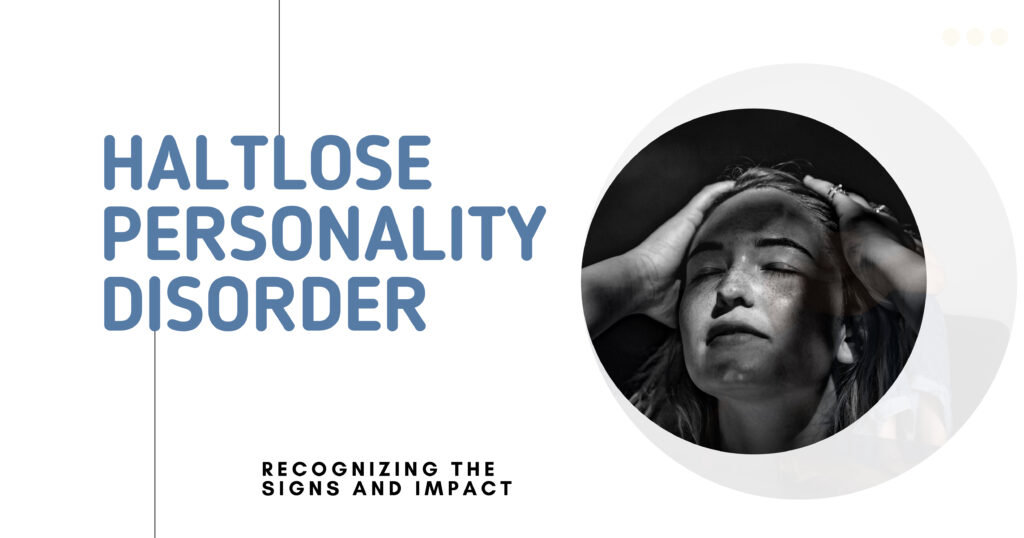The terms ethnicity and race are often used interchangeably, but they represent distinct concepts with unique implications for identity, culture, and society. Understanding the differences between ethnicity vs race is crucial for fostering inclusivity and addressing issues related to cultural identity, racial classification, and multiracial identity. This blog explores these distinctions, their historical context, and their relevance in modern society, particularly in the context of mental health support.
Definitions and Core Concepts of Ethnicity and Race
To unravel the complexities of ethnicity vs race, we must first define each term and explore their core components.
Cultural Aspects of Ethnicity
Ethnicity refers to a shared cultural heritage, often rooted in common traditions, language, religion, or historical experiences. It is a dynamic concept shaped by social and cultural factors rather than biology. Key aspects of ethnicity include:
- Shared Traditions: Festivals, rituals, and customs that define a group’s cultural heritage.
- Language and Communication: A common language or dialect that strengthens group identity.
- Historical Experiences: Collective memories, such as migration or historical events, that shape heritage and ancestry.
For example, individuals identifying as Mexican American may share cultural practices like celebrating Día de los Muertos, even if their racial backgrounds vary.
Biological Components of Race
Race, in contrast, has historically been associated with physical characteristics, such as skin color, facial features, or other visible traits, often linked to genetic background. However, modern science reveals that race is not a precise biological category but a social construct based on perceived differences. Key points about race include:
- Physical Traits: Characteristics like skin tone or hair texture used for racial classification.
- Genetic Variation: While genetic differences exist, they are minimal (less than 0.1% of DNA varies between individuals of different ancestries, per the National Human Genome Research Institute).
- Social Perceptions: Race is often defined by societal norms rather than strict biological markers.
The table below summarizes the distinctions between ethnicity and race:
| Aspect | Ethnicity | Race |
| Basis | Cultural, social, and historical factors | Physical traits and perceived differences |
| Examples | Italian, Navajo, Han Chinese | Black, White, Asian |
| Flexibility | Can evolve with cultural changes | Often rigid due to societal norms |
| Connection to Identity | Tied to cultural identity and practices | Linked to racial classification |
San Diego Mental Health
Historical Context and Evolution of Ethnicity and Race
The concepts of ethnicity and race have evolved significantly, shaped by historical events and societal changes.
Social Implications and Perceptions
Historically, race was used to justify discrimination, colonialism, and slavery, creating hierarchies based on physical differences. Ethnicity, meanwhile, has often been a source of community and resilience. Social implications include:
- Discrimination and Bias: Racial classifications have fueled systemic inequalities, impacting access to resources and opportunities.
- Cultural Pride: Ethnic groups often celebrate their heritage and ancestry through festivals, art, and storytelling.
- Evolving Identities: Multiracial identity is increasingly recognized as individuals embrace complex backgrounds.
For instance, the U.S. Census Bureau began allowing respondents to select multiple races in 2000, reflecting growing acknowledgment of multiracial identity.
Common Misconceptions and Clarifications
Misunderstandings about ethnicity vs race can perpetuate stereotypes and division. Here are some common misconceptions and their clarifications:
- Misconception: Ethnicity and race are the same.
Clarification: Ethnicity is about cultural heritage, while race is a social construct based on physical traits.
- Misconception: Race determines cultural behavior.
Clarification: Culture is shaped by ethnicity and environment, not biology.
- Misconception: Multiracial identity is a modern phenomenon.
Clarification: Multiracial individuals have existed throughout history, but societal recognition has increased.
The following table addresses myths and facts to further clarify these concepts:

| Myth | Fact |
| Race is a fixed biological category | Race is a social construct with minimal genetic basis |
| Ethnicity is only about nationality | Ethnicity includes language, traditions, and cultural identity |
| Everyone fits neatly into one race | Multiracial identity is common and reflects complex heritage and ancestry |
San Diego Mental Health
The Role of Ethnicity and Race in Modern Society
In today’s diverse society, understanding ethnicity vs race is vital for fostering inclusivity and addressing mental health challenges. Ethnic diversity enriches communities, bringing varied perspectives and traditions that enhance cultural heritage. However, racial and ethnic identities can also influence mental health experiences:
- Cultural Stigma: Some ethnic groups may face stigma around seeking mental health support, impacting access to care.
- Racial Stress: Experiences of discrimination based on racial classification can contribute to stress and anxiety.
- Identity Exploration: Individuals with multiracial identity may navigate complex questions about belonging and cultural identity.
Embracing Diversity With San Diego Mental Health
Embracing ethnic diversity and understanding the nuances of ethnicity vs race empowers individuals to celebrate their cultural heritage while navigating the complexities of multiracial identity.
At San Diego Mental Health, we are committed to fostering an inclusive environment where everyone feels valued. Whether you’re exploring your cultural identity, addressing challenges related to racial classification, or seeking support for mental health concerns, our team is here to help. Contact San Diego Mental Health today to learn more or schedule a consultation.

San Diego Mental Health
FAQs
How does cultural identity differ from racial classification in shaping personal identity?
Cultural identity, rooted in ethnicity, shapes personal identity through shared traditions, language, and values. Racial classification, based on physical traits, often influences how society perceives an individual. Both interact to form a unique sense of self, but cultural identity is more tied to lived experiences.
What role does heritage and ancestry play in understanding one’s genetic background?
Heritage and ancestry provide context for cultural practices and historical roots, enriching personal identity. While they may hint at genetic background, modern genetic testing offers precise insights into ancestry. Understanding both helps individuals connect with their cultural heritage.
How is race considered a social construct, and how does it impact multiracial identity?
Race is a social construct because it relies on societal perceptions of physical differences rather than significant genetic distinctions. For those with multiracial identity, this can lead to challenges in navigating societal expectations or fitting into rigid racial categories. Embracing multiple identities fosters resilience and self-acceptance.
In what ways does ethnic diversity contribute to the richness of cultural heritage?
Ethnic diversity introduces varied traditions, languages, and perspectives, enhancing cultural heritage. It fosters creativity, mutual learning, and community strength. Celebrating diversity promotes inclusivity and enriches the societal tapestry.
How can individuals embrace a multiracial identity within the framework of ethnic diversity?
Individuals can embrace multiracial identity by exploring and celebrating all aspects of their heritage and ancestry. Engaging with diverse communities and seeking culturally sensitive support, like that offered by San Diego Mental Health, helps affirm their unique identities. Open dialogue and self-reflection further strengthen this process.








